What floors to use in bedrooms when rest of house original hardwood?
User
8 years ago
Featured Answer
Sort by:Oldest
Comments (19)
Related Discussions
Jagged edges on original hardwood floor in old house
Comments (3)Trim used to be a lot thicker. Baseboards a full inch were not uncommon, and together with full size shoe mold (1/2 inch) or quarter round (3/4 inch) would cover a lot of the floor at the wall. Older trim was often made up of multiple pieces, so a 6 inch tall baseboard might be 5 inches of 1 inch thick wood (back coved to save shipping weight) and a pieces of ogee or ogee hook applied to the top edge. Door and window casing was similar. By using two pieces of wood 5/4 inch wood could be used to make a molding almost two inches thick at the edge. Most modern molding is machined from boards that have already been surfaced to 3/4 inch net meaning the final molding is under 5/8 inch net thickness....See MoreHardwood Floor Redo in a 1950s house/Crosspost OldHouse
Comments (1)Rip them out? Why? Get someone in there to see what you have and then restore them....See MoreOrientation of new hardwood floors over old hardwood floors
Comments (3)Laying the new floor in the same direction as the old floor is not the normal way to go about this. In the building industry, it is more common to see layers that are staggered or "bricked". In other words if layer #1 is laid in a North-South direction, then layer #2 (the top layer) is laid perpendicular to it in an East-West presentation. If you want to run the new flooring in the same direction as the old, you will want to use some underlayment (plywood) over top of the old floor so that you can maintain the "staggered" or "bricked" layering system. That is one way to maintain the North-South presentation. Please work with hardwood flooring professionals who have some experience renovating these old gems. They will have seen what worked....and what didn't. Their experience will be invaluable on a project like yours....See MoreWhat to use to protect hardwood floor with treadmill in home gym?
Comments (13)Scratching comes from movement. Denting comes from DROPPING something. Since the machine will be PLACED on the floor (no one is going to drop it from an upstairs balcony). Staining is something you may have to deal with. You may not. Yes the feet may have rubber on them...but the small amount is fine. If it does stain a little bit, you can be content in the knowledge that you can always hide it with an area rug AFTER the work out machines are gone. Trust me when I say this, rugs and mats and rubber stuff can cause WAY more problems to a hardwood floor that 4 rubberized feet (per machine). If you really are worried then remove the hardwood (nope, not kidding) and store it. Then install some cheap cork flooring in there and go for the works you want. When you are done with your fitness studio, you remove the cork flooring and reinstall the hardwood. There. No harm no foul. But you don't NEED to do anything but put the machines down and live your life. Wood is AWESOME at being a floor. That's why the world has been doing it for 10,000 years (probably more...but historical records are hard to find on the subject)....See MoreUser
8 years agoUser
8 years agoOutsidePlaying
8 years agoUser
8 years agoUser
8 years agoUser
8 years agoUser
8 years agolazy_gardens
8 years ago
Related Stories
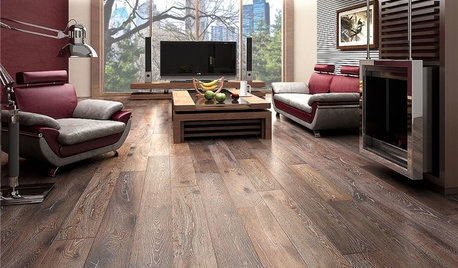
REMODELING GUIDESWhen to Use Engineered Wood Floors
See why an engineered wood floor could be your best choice (and no one will know but you)
Full Story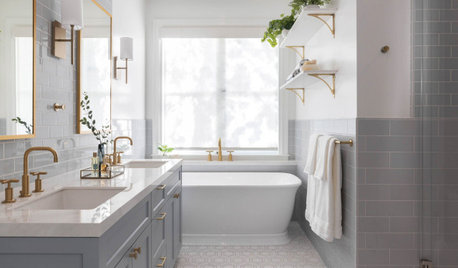
FLOORSWhat to Ask When Considering Heated Floors
These questions can help you decide if radiant floor heating is right for you — and what your options are
Full Story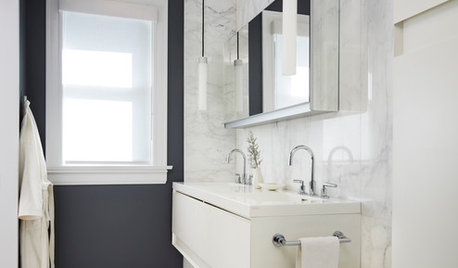
COLORBathed in Color: When to Use Black in the Bath
Dare to bring black in for a dramatic and elegant bath that's different from all the rest
Full Story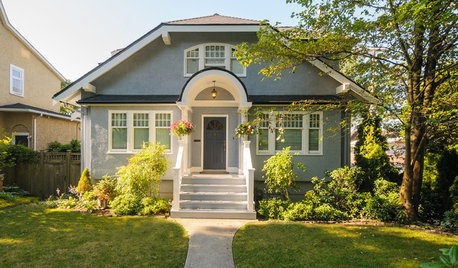
SELLING YOUR HOUSEFix It or Not? What to Know When Prepping Your Home for Sale
Find out whether a repair is worth making before you put your house on the market
Full Story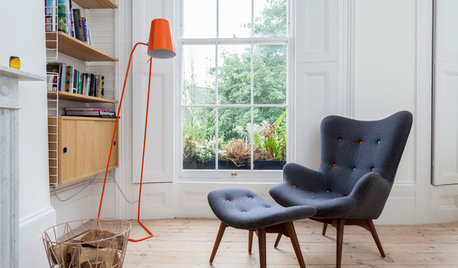
FLOORS10 Ways to Make the Most of Your Home’s Original Floors
Save yourself the cost of replacing your old floorboards with these tips for a new finish
Full Story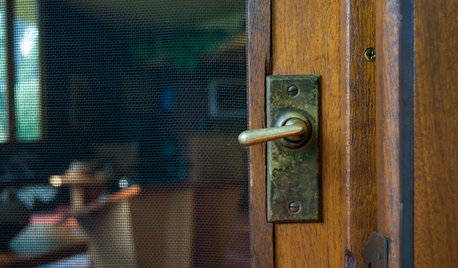
REMODELING GUIDESOriginal Home Details: What to Keep, What to Cast Off
Renovate an older home without regrets with this insight on the details worth preserving
Full Story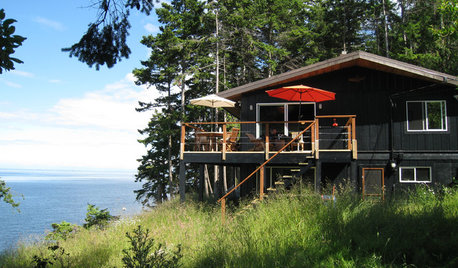
REMODELING GUIDESLove the One You're With: Honoring a Home's Original Charm
Before you jump into teardown mode, consider these 3 examples of homes whose quirkiness is a draw
Full Story
CONTRACTOR TIPSBuilding Permits: When a Permit Is Required and When It's Not
In this article, the first in a series exploring permit processes and requirements, learn why and when you might need one
Full Story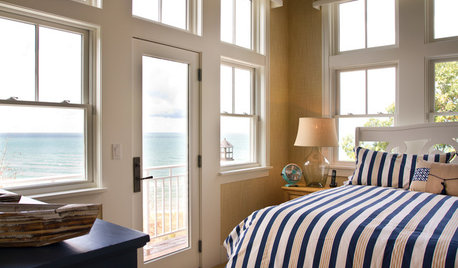
BEDROOMSRest Easy: Myth Busting for Bedding and Mattresses
We put to bed some of the misconceptions that may be keeping you from a good night's sleep
Full Story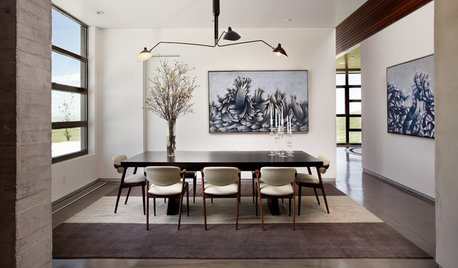
DECORATING GUIDES12 Decorating Scenarios When You Should Do Nothing at All
By embracing the positives of negative space, you can strategically highlight key furnishings, give the eye a rest and create focal points
Full Story




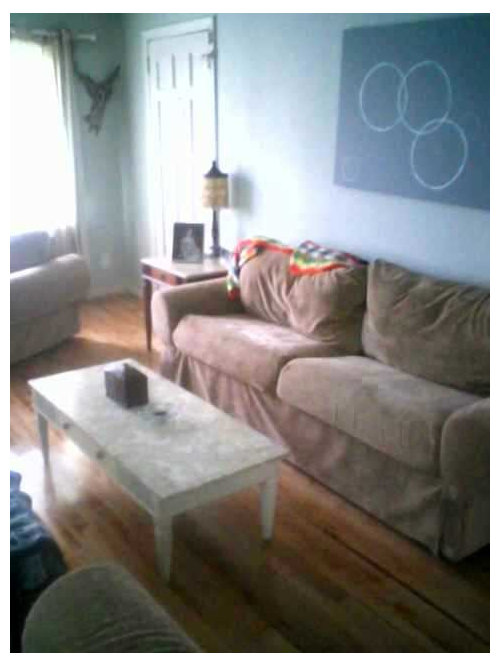
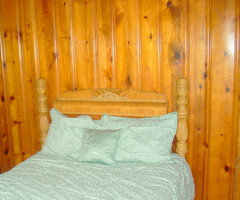

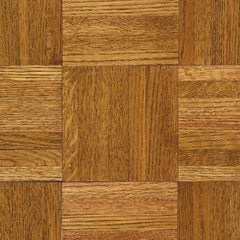
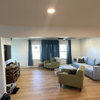

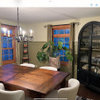
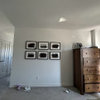
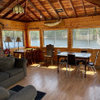
User